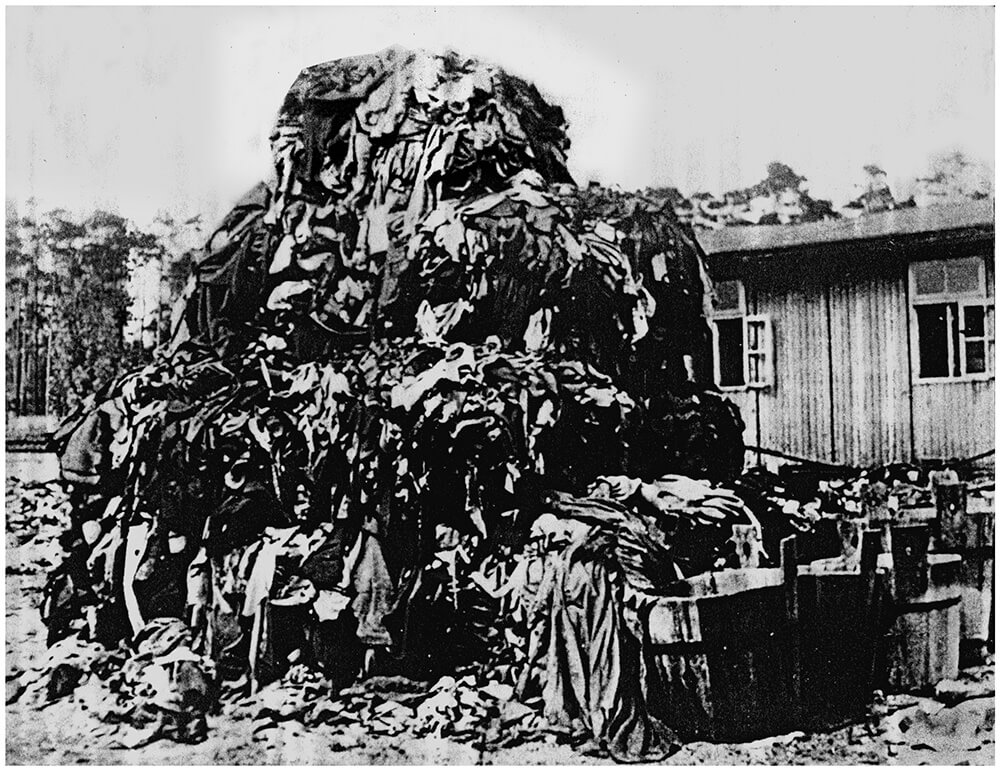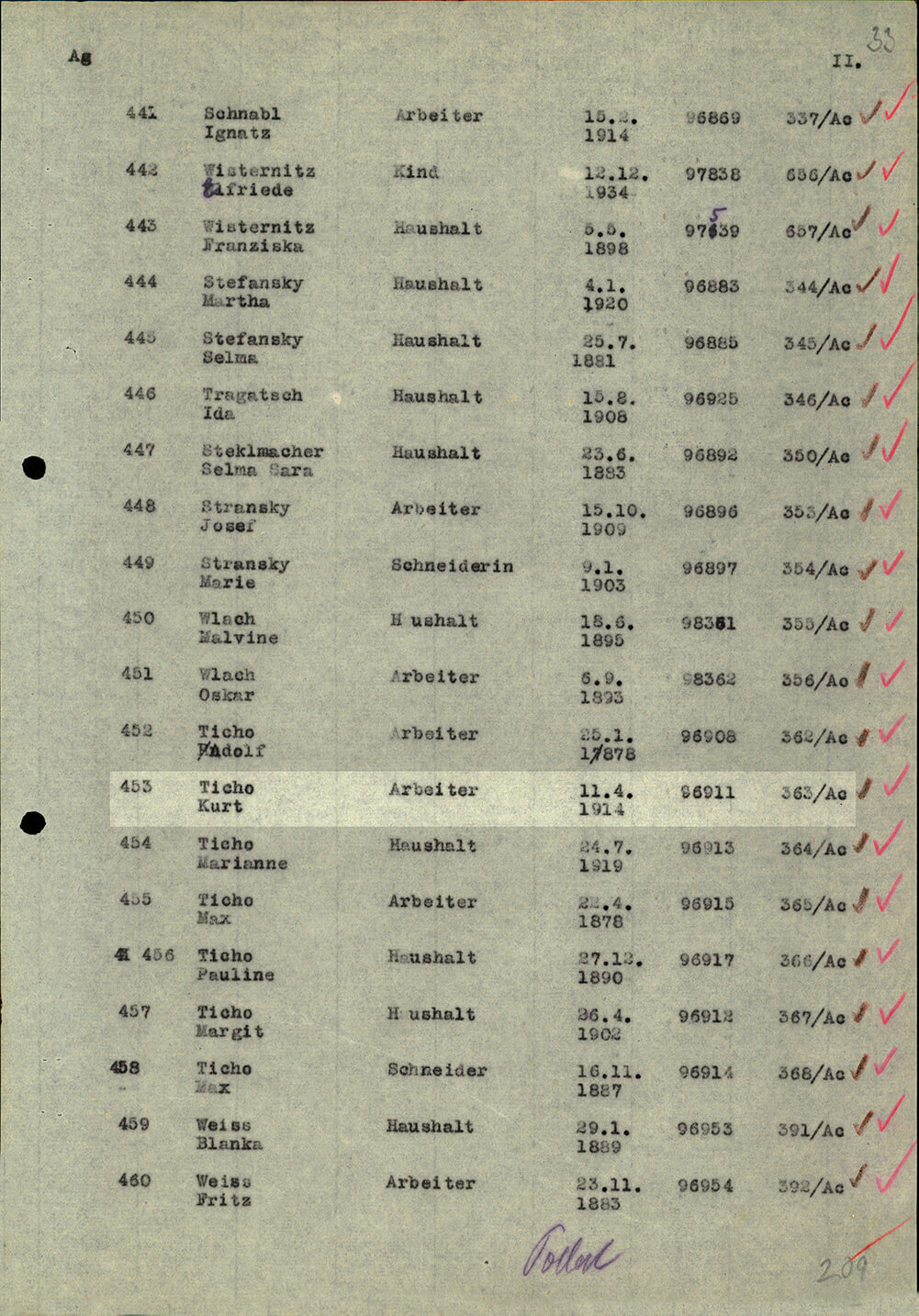Sobibór

A pile of clothes belonging to executed prisoners in front of a warehouse.
Muzeum Bylego Hitlerowskiego Obozu Zaglady w SobibórzeAt the end of March 1942, work began on the construction of another death camp in a densely wooded area near the Chełm–Włodawa railway line. In order to speed things up, the task of overseeing the construction was assigned to Franz Stangl, who had gained experience from Belźec, which was already in operation. Labourers from neighbouring villages were recruited for the building work. In mid-April 1942, the first mass gassing was carried out on 250 Jews from the Krychów labour camp. The Sobibór camp was divided into three parts: an administration area, a reception area, and a killing area. From the outset, many prisoners tried to escape from the camp, but few were successful. Mines were planted around the camp perimeter as a deterrent. In August 1943 a mass escape was organized by a group of prisoners under the direction of Leon Feldhendler. The plot was subsequently led by Alexander Pechersky, a Soviet Army officer POW. During the uprising, which broke out on 14 October 1943, a group of prisoners killed 12 guards. Many of the escapees, however, were tracked down and shot by the SS, and others were blown up by the mines. About 300 prisoners managed to escape, but only 42 lived to see the end of the war. From April 1942 to October 1943, between about 236,000 and 257,000 people were murdfered in Sobibór – mostly Jewish prisoners from German-occupied areas of Europe. About 6,000 Czech Jews perished in the camp. Some had already passed through a number of labour camps; others, deemed unfit to work, were shipped there directly. Kurt Ticho/Thomas, who had been deported from Terezín, was the only Czech survivor.
